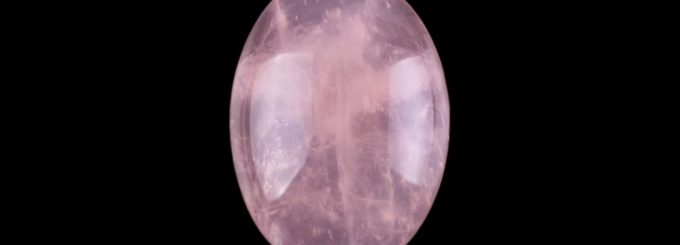Why Cabochon Cuts are Used in Jewelry

While many gemstone cuts are faceted, with straight edges and flat faces that enhance their symmetry and brilliance, another popular cut that is equally beautiful is the cabochon.
What are Cabochons?
Cabochons are gemstones which have been polished and shaped. This results in an appearance that is rounded and smooth rather than geometric and sharp. The cut has become popular among those that want an alternative to the faceted gemstones which are commonly used in necklaces, rings and various jewelry types.
The word cabochon comes from “caboche” which is a French word that means head. Most of the gems that use cabochon cuts include moonstones, turquoise and opal. One of the best examples of a cabochon is Tiara rings, which have gems that are more rounded and opaque when compared to gems which are faceted.
How Is the Cabochon Cut Performed?
To perform a cabochon cut, the jeweler will select a roughened stone. While any gemstone may be selected, there are certain types such as moonstone and opal which are prized because of their reflectivity and smooth curvature after being smoothed. Next, the roughened stone will be slabbed, which is a process that involves slicing a stone into ½ or 1/4 thinned slivers. Once a slab is laid flat on the surface, a scribe and template will be applied to mark a cabochon shape.
After the shape is etched into the slab, the trim saw will be applied for cutting around a roughened stone. To grind this stone with greater accuracy, the cabochon machine will use either silicon carbide or diamond wheels. To ensure wheel protection and longevity, water is occasionally added.
Lastly, the stone must be dopped. To accomplish this jeweler’s wax must be applied so the stone can attach to the dop stick that is basically a dowel made from wood. The material which remains can then be grounded until reaching a template line, where it will become sanded and can then be polished with resin wheels or a polished pad.
Advantages of Cabochon Cuts
While cabochon cuts may be applied to any gem, they are most effective with those that are opaque. This is because they will make the stone appear denser and fuller. Additionally, there are certain gems with unique properties that can only be manifested when a cabochon cut is applied. Examples of this include:
- Chatoyance: This is a feline eye effect which quarts commonly produce.
- Asterism: This is a starry effect primarily made by sapphires and rubies.
- Iridescence: This is a phenomenon where the colors will gradually shift based on one’s perspective, and is most often seen in gems such as opal.
- Adularescence: This is a bluish and milky luster that comes mostly from moonstones.
Cabochon cuts do well in scenarios where a gem is translucent and has so many imperfections that it is unsuitable for faceted cuts. Cabochon cuts will also retain the stone’s color while obscuring dirt and scratches which might appear along its surface. It works best for gems which have a Mohs hardness rating of seven.


